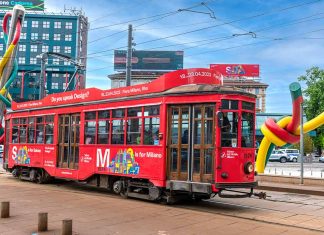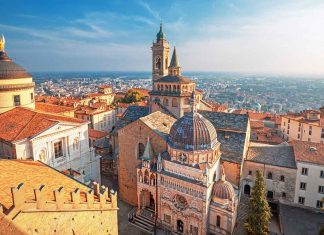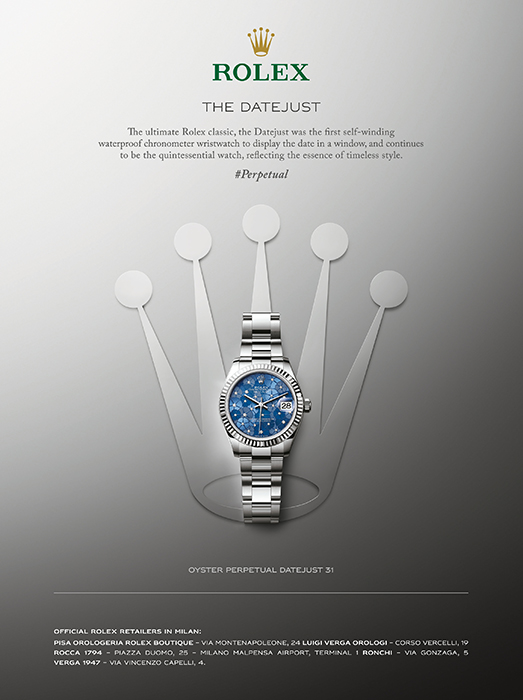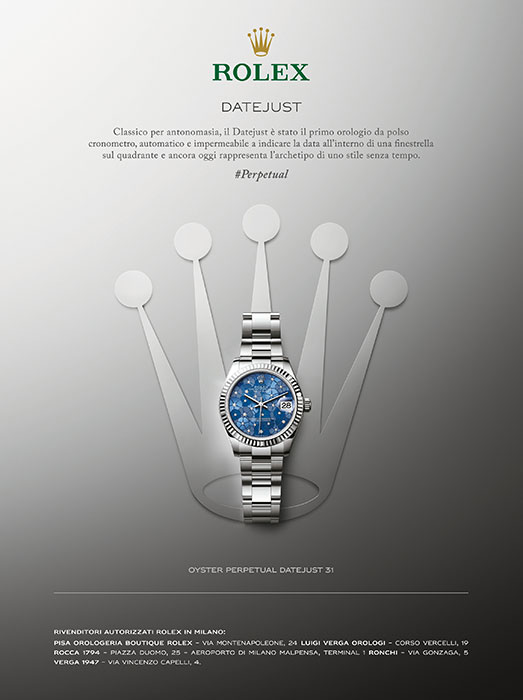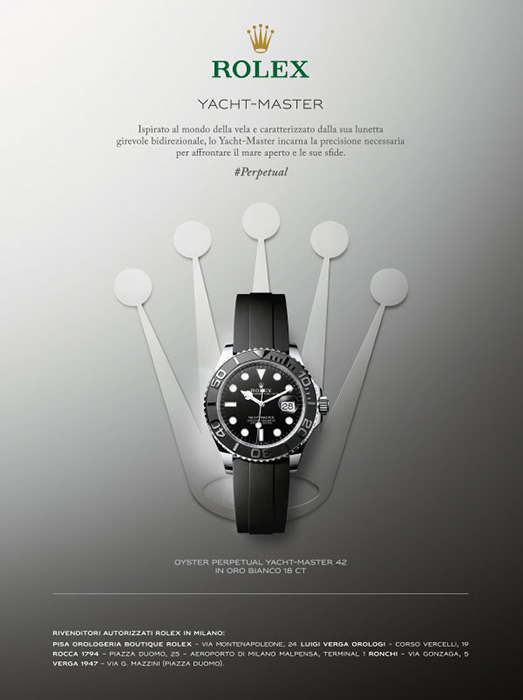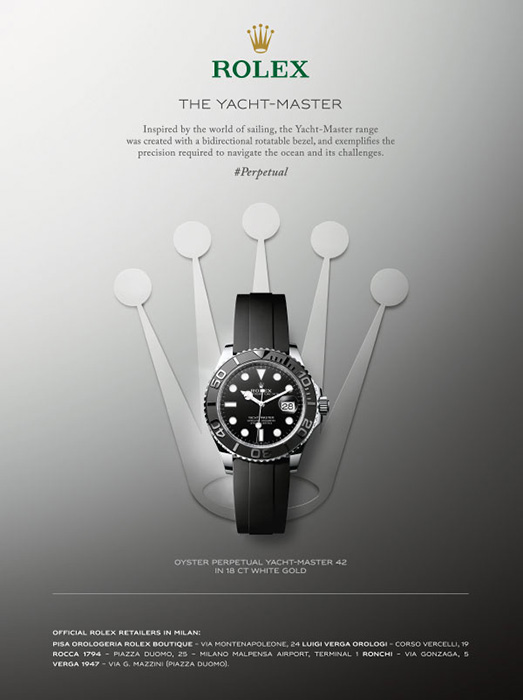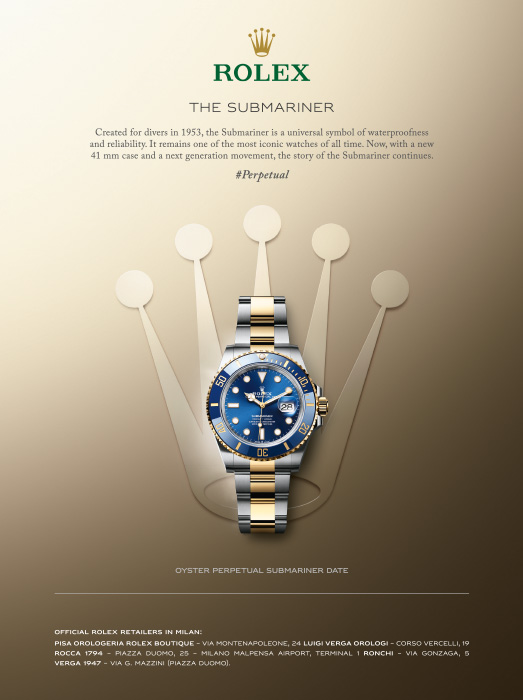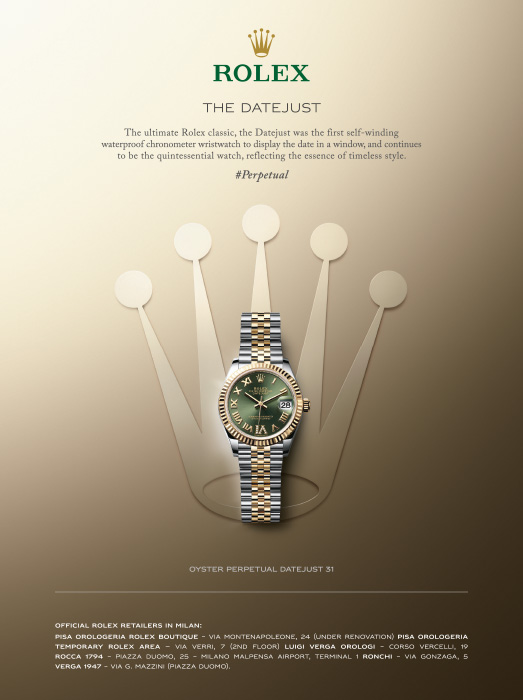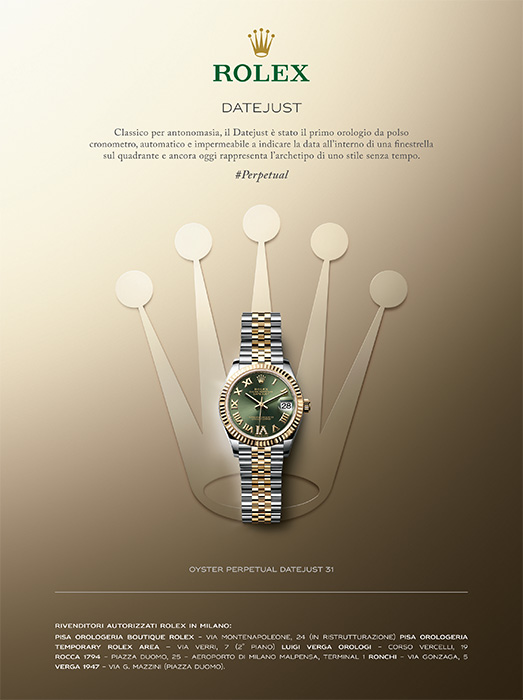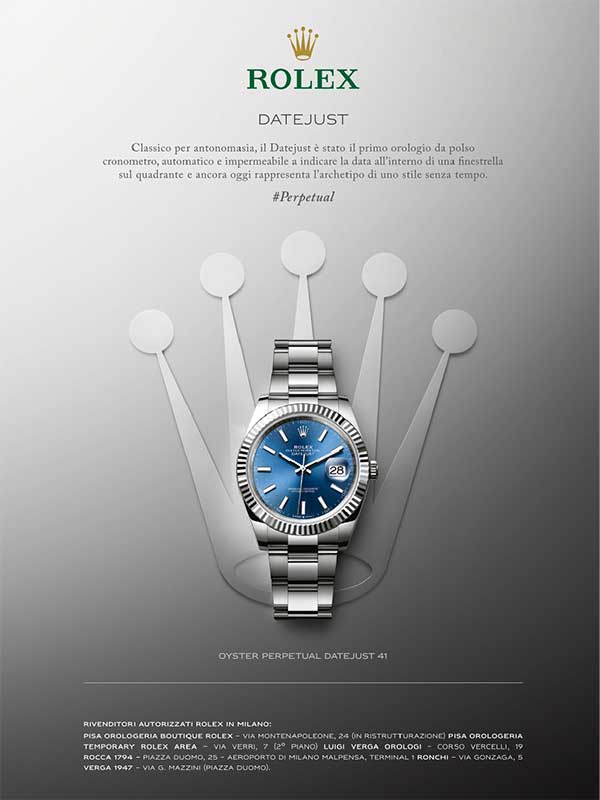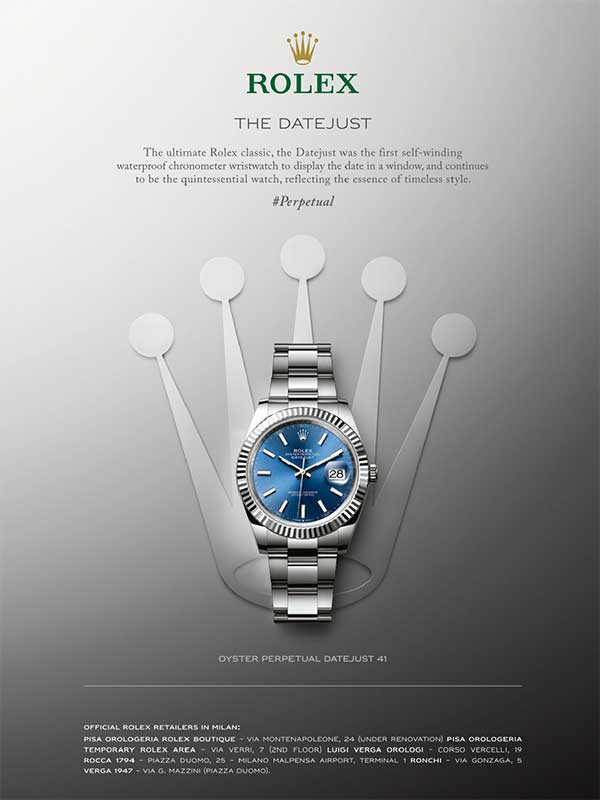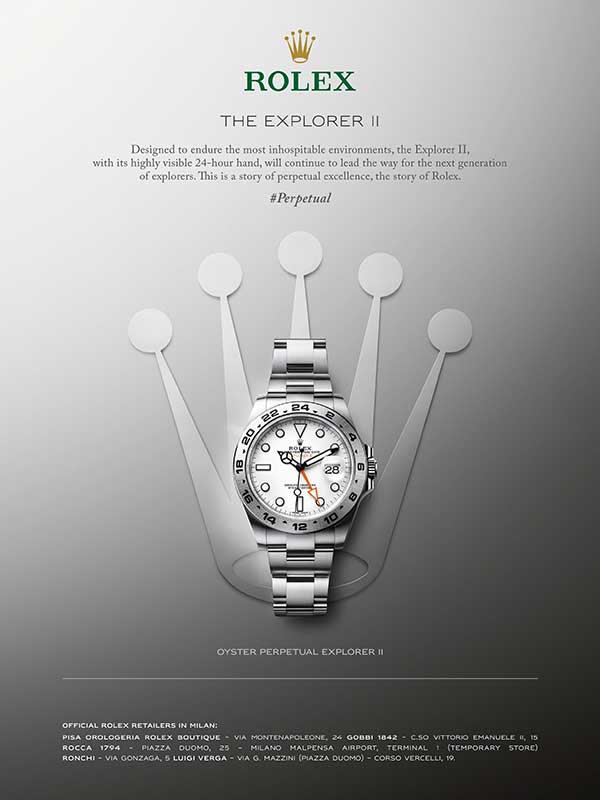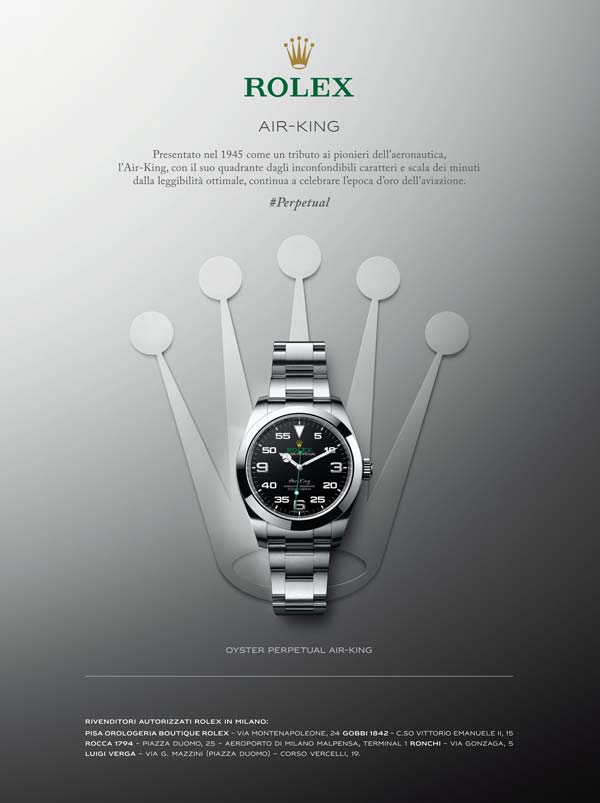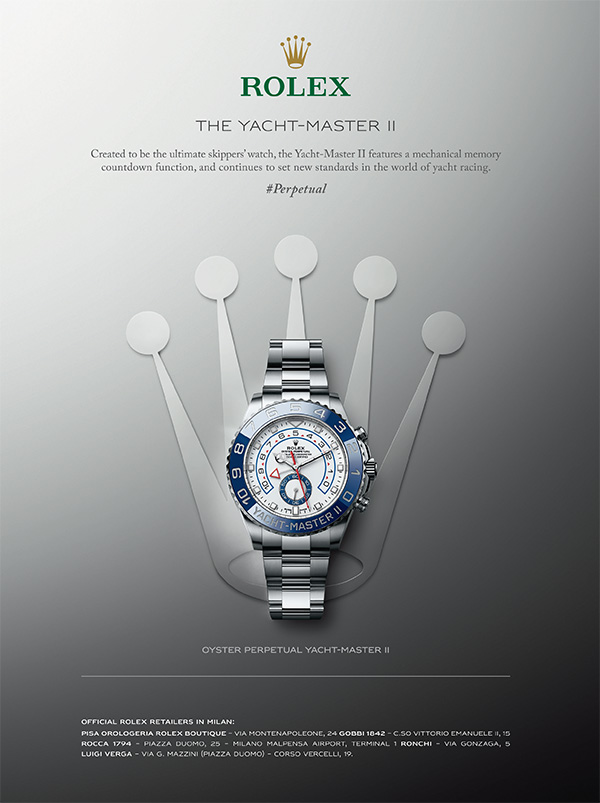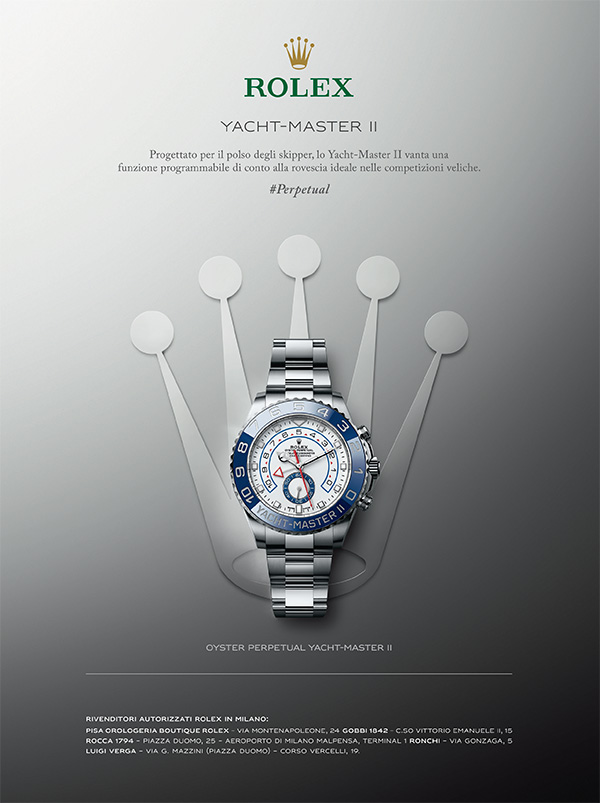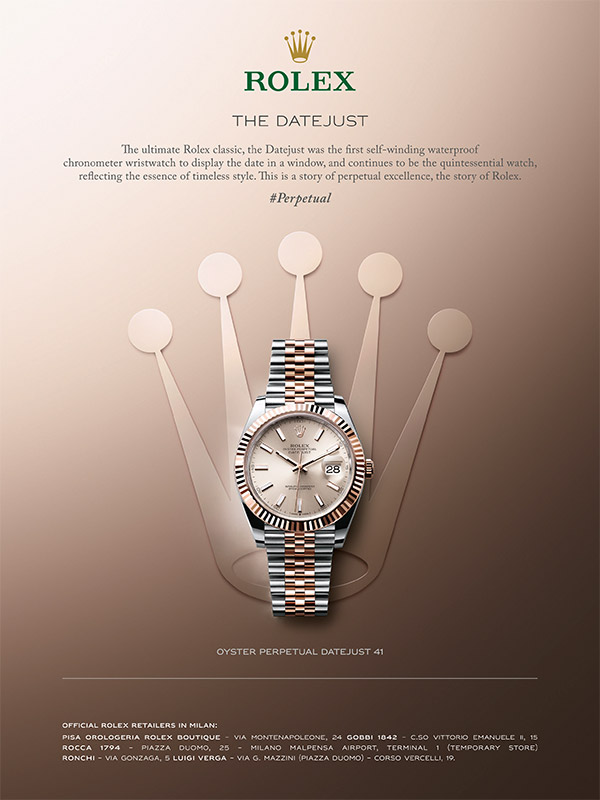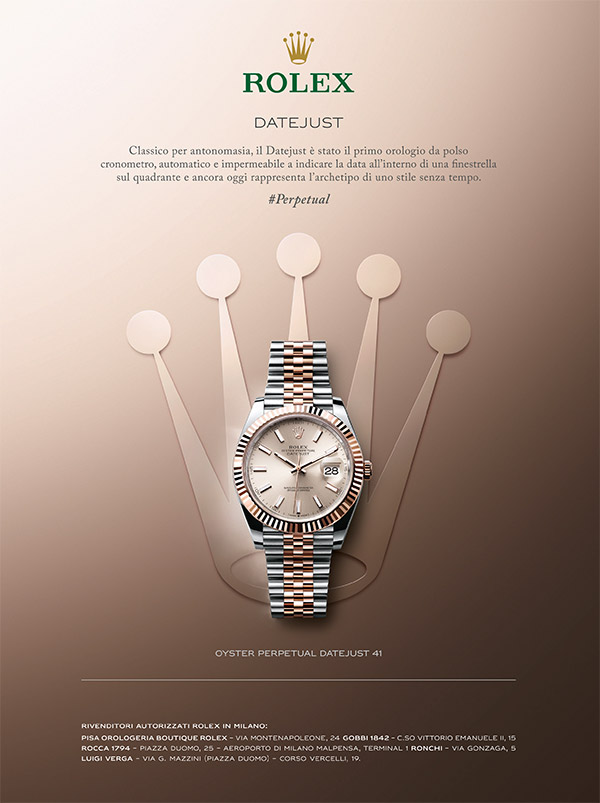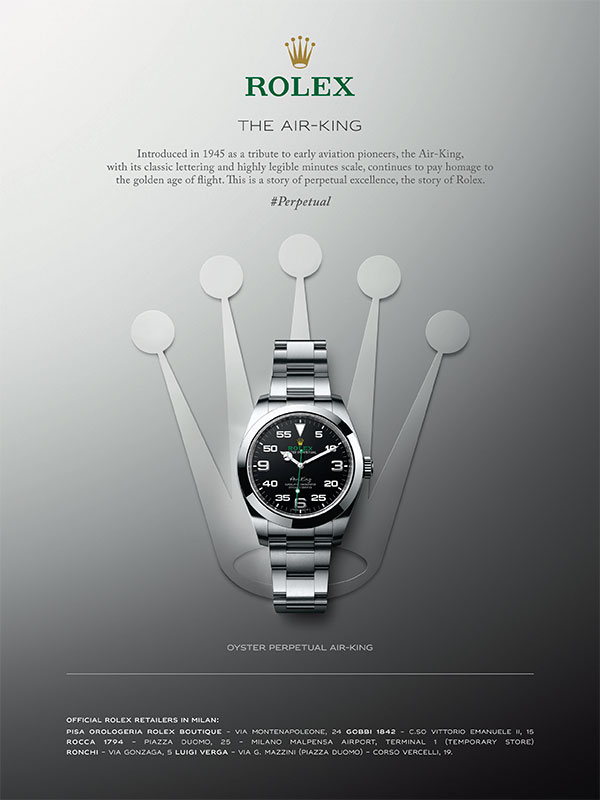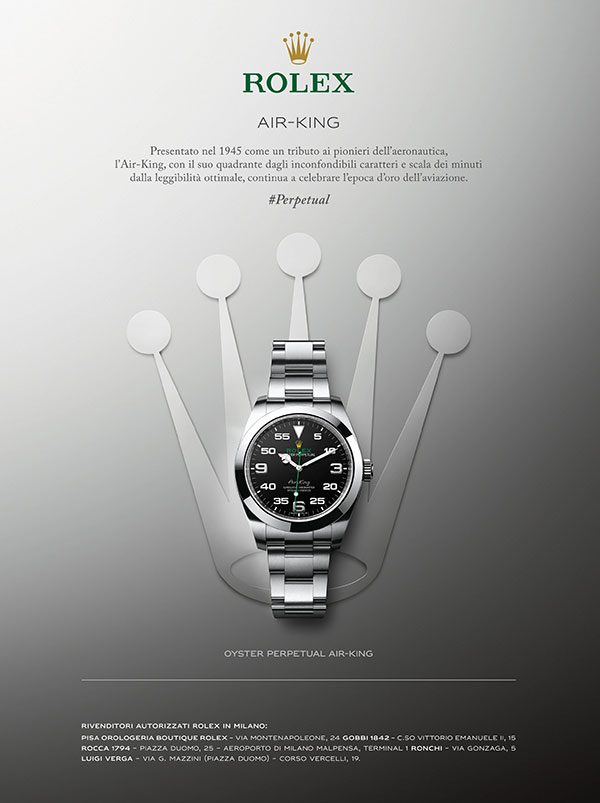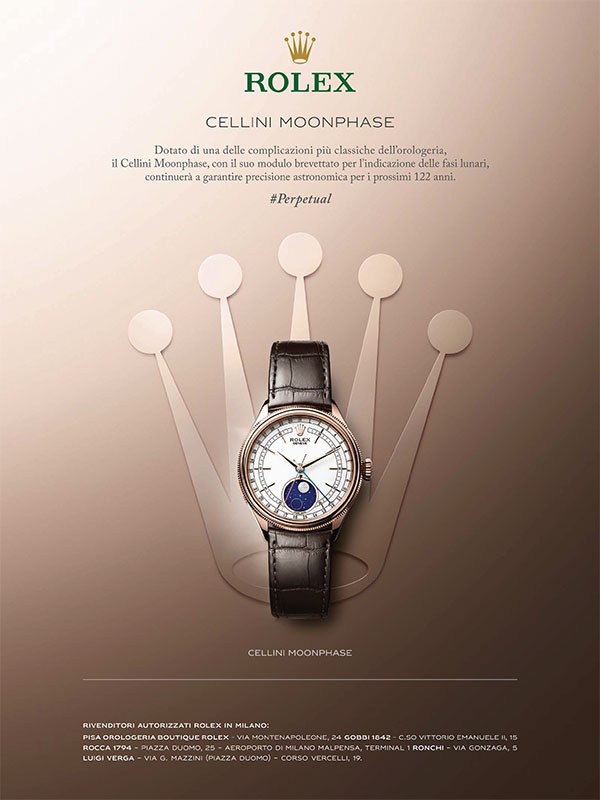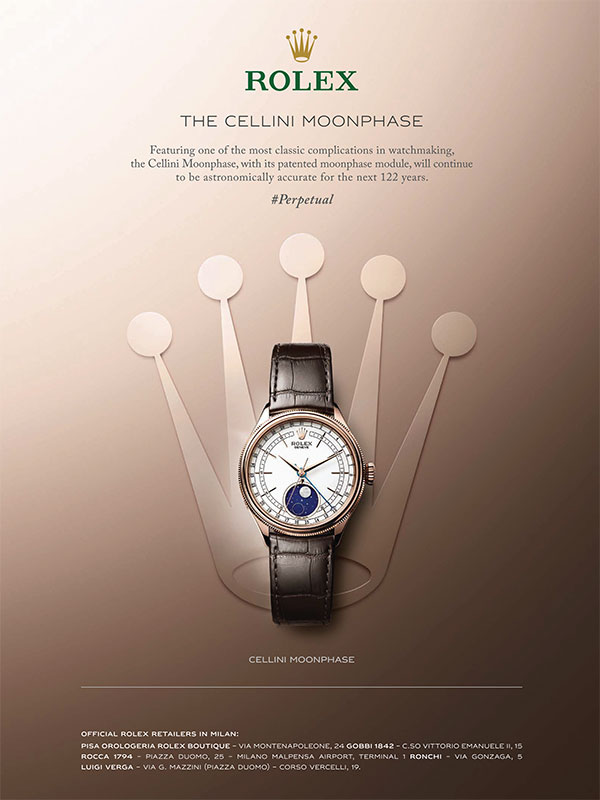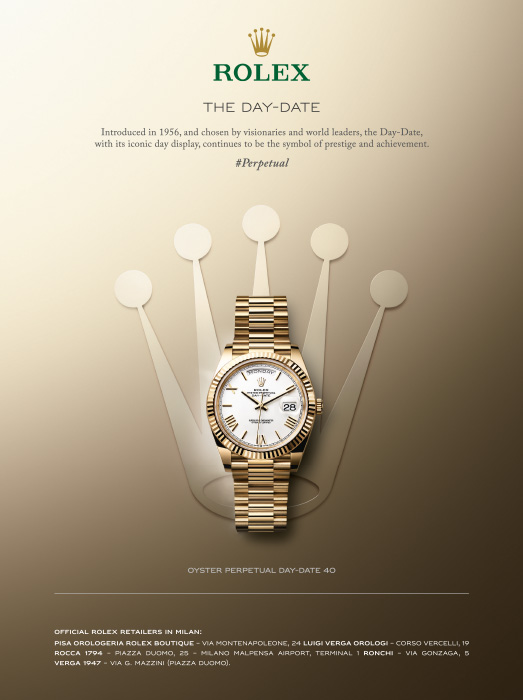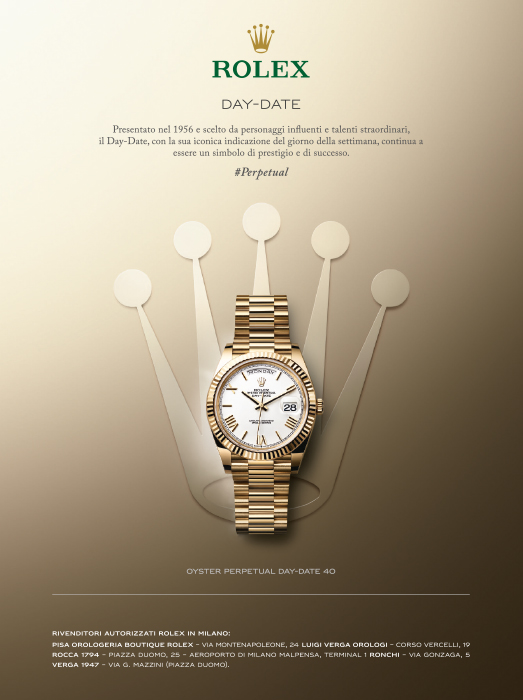The Navigli are a widespread network of canals whose history is linked to Leonardo da Vinci. An artist and an engineer, during his time in Milan from 1482 to 1499 he found fertile ground for his genius: in fact, he studied this sophisticated system of navigable canals to ferry people and merchandise to Milan, to irrigate the fields and to defend the city – that made Milan a real “city of water”. The so-called “Conca di Viarenna” is what remains today of one of the 5 canal locks used to navigate through Milan from the Darsena to the Naviglio Martesana, north of Milan.
The basin of the Darsena, the old mercantile port of the city and a node of the vast fluvial system of Navigli canals now almost entirely covered, extends between viale Gabriele d’Annunzio and viale Gorizia. Since the beginning of 2013, the area has been subjected to in-depth redevelopment work as the city gets ready to host Expo 2015.
The Navigli in the past
An overview of the ancient Navigli can be admired in the rooms of the Museo del Naviglio, in the neighbourhood of the Conca dell’Incoronata (mentioned by Leonardo da Vinci in his Codex Atlanticus www.museodeinavigli.com, via San Marco 40, M2 – green line – Moscova).
Today, the area is bursting with trendy dining and nightlife spots, various markets full of fresh and local items and is even home to one of the main hubs of the “Milanese movida”.
>> Browse the list of present and future events organized in this location
>> Read more on Leonardo da Vinci’s projects related to Navigli
Navigli District
Alzaia Naviglio Grande and surrounding areas
M2 (green line) Porta Genova FS

